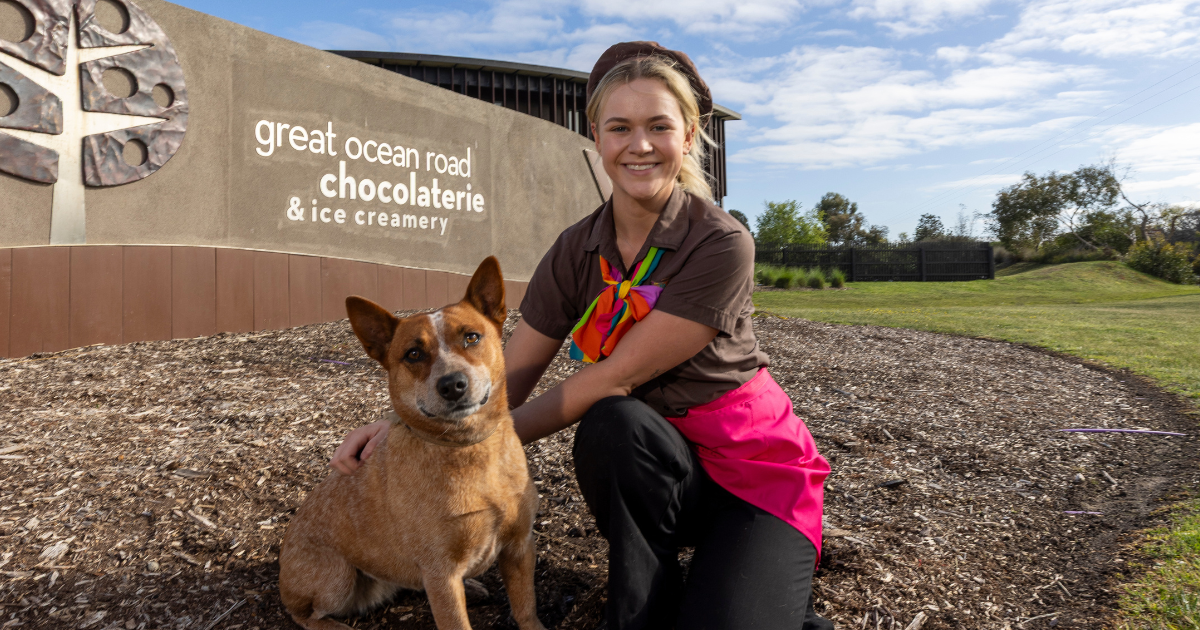Breakthrough in medical mystery surrounding Buruli ulcer

The research found mosquitoes are infected with the Buruli ulcer from biting possums that carry the flesh-eating bacteria, and then spread it to humans. Photo: EГОР КАМЕЛЕВ.
RESEARCHERS have solved the long-standing 80-year mystery of the Buruli ulcer’s spread across the Geelong region.
The group from the WHO Collaborating Centre for Mycobacterium ulcerans, based at the Peter Doherty Institute for Infection and Immunity, found mosquitoes are infected from biting possums that carry the flesh-eating bacteria, and then spread it to humans through their bite.
Lead researcher Professor Tim Stinear said the research had brought clarity to a question that has puzzled scientists since the discovery of M. ulcerans in the 1940s in Australia.
“How Buruli ulcer is spread to people has baffled scientists and public health experts for decades.
“So now that mystery is solved with our five-year study revealing that mosquitoes transmit M. ulcerans in south-eastern Australia, making mosquito bite prevention and mosquito control obvious forms of prevention.”
The Buruli, or Bairnsdale, ulcer is a skin infection resulting from the Mycobacterium ulcerans bacterium.
Initially resembling a minor mosquito bite, it gradually transforms over several months into an ulcer, leading to significant damage to the underlying tissue.
Although it may start without pain, the infection can progress to a severe state.
Without treatment, the ulcer can grow larger, earning its reputation as a “flesh-eating” disease due to its destructive nature.
This significant breakthrough comes amid a concerning surge in Buruli ulcer cases around the region.
In the past 20 years, Victoria has seen a dramatic rise in reported cases of the disease, soaring from just 12 in 2003 to a record high of 363 in 2023.
Agriculture Victoria research scientist, and one of the lead authors of the paper, Dr Peter Mee said the research used advanced techniques, including forensic-level genomics.
“Thanks to genome sequencing, we discovered that the genetic make-up of the bacteria M. ulcerans in mosquitoes was identical to that found in Buruli ulcer patients in the study area.
“This was a key part of a compelling body of evidence pointing to mosquitoes as the transmission link.”
Mosquitoes have long been suspected as the cause of the ulcers and been factored into existing mosquito control programmes across the region.
Surf Coast Shire general manager of community life Gail Gatt said the Shire was not presently considering any changes to the mosquito management program based on the findings.
“The state government provides funding to a number of councils across the state, including Surf Coast, to undertake mosquito surveillance and support mosquito management.
“Council will therefore await guidance from the state government before considering making any changes to our mosquito management program.”
Infectious diseases physician at Austin Health, Professor Paul Johnson, noted the difficult road the team faced to convince others that mosquitoes were spreading Buruli ulcer.
“We long suspected mosquitoes were involved, but there is no precedence for a bacterial infection like Buruli ulcer being transmitted this way,” he said.
“Our team faced considerable scepticism, so we gathered irrefutable evidence to support our claim.”

















